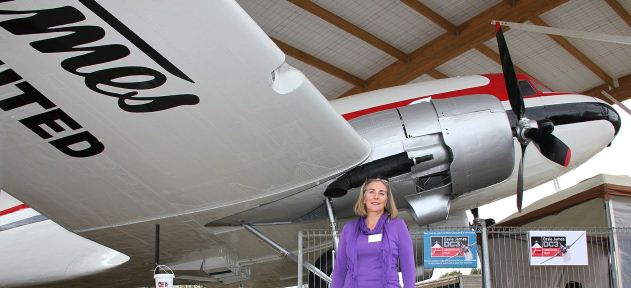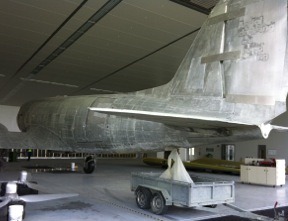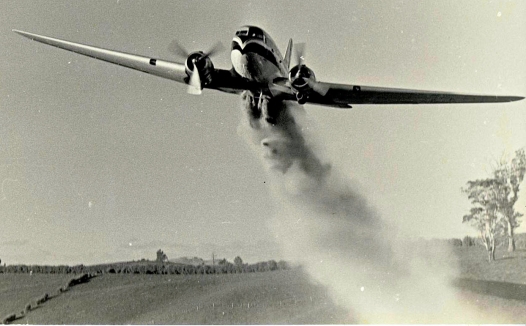Iconic top-dressing plane coming back to life
After 37 years, the DC-3 aircraft that is part of aviation icon Ossie James’s legacy is being restored.

“She’s a big girl, she’s gorgeous,” remarks Ossie James’ daughter Lynnette.
The ‘girl’ she refers to is the red, black and white coloured James Aviation DC-3.
The aircraft forms a significant piece of New Zealand aviation and farming history, having been the first of its kind to be converted into an aerial top dresser.
After remaining stagnant for the last 37 years, the aircraft is being restored to something near its former glory.
Despite cutting a lonely figure right now, from June 12-15, thousands will visit the DC-3 as part of the 2013 National Agricultural Fieldays.

The restoration project transcends the simple fact of bringing back a plane which is dear to the hearts of many in New Zealand.

This particular aircraft was never meant to even grace New Zealand shores.




